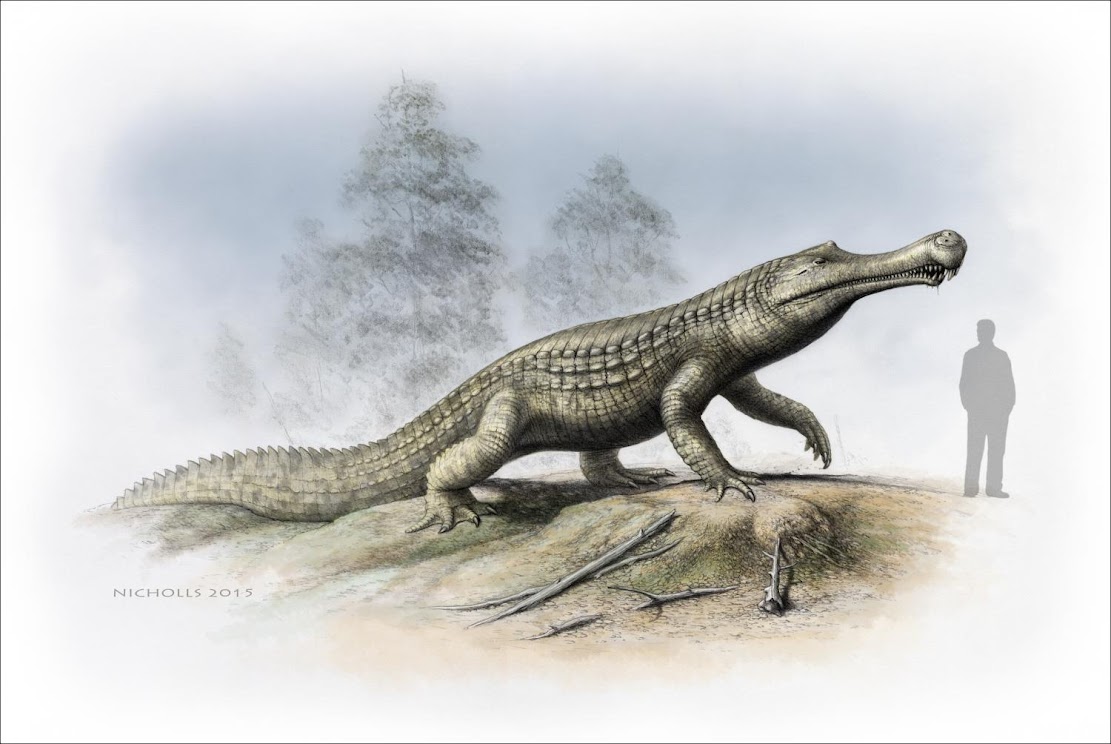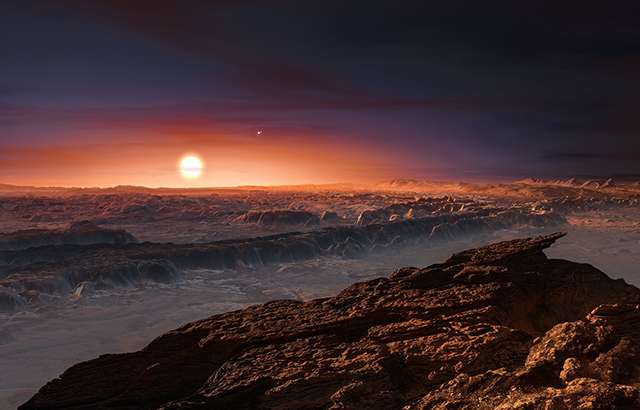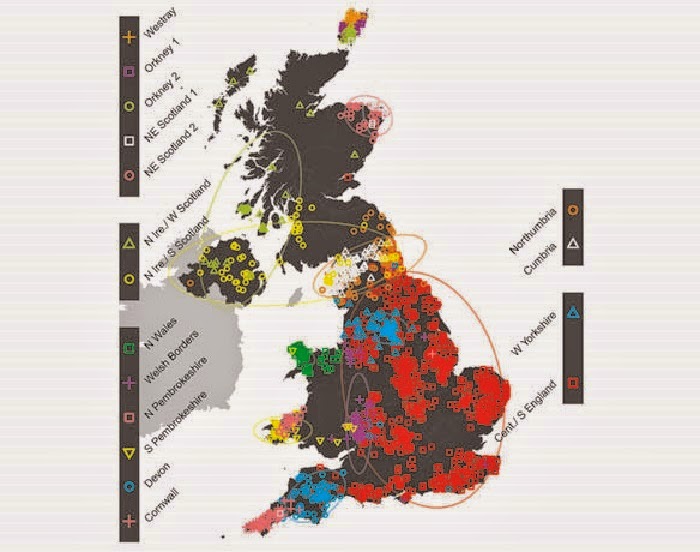The Great London [Search results for future]
UK: More than one in ten UK species threatened with extinction

Environment: Kew report urges global scientific community to secure health of the planet

Greenland: Greenland on thin ice?

Natural Heritage: Fate of turtles, tortoises affected more by habitat than temperature

Fossils: Cold snap: Climate cooling and sea-level changes caused crocodilian retreat

Environment: Quantifying the individual contribution to Arctic sea-ice melt

Astronomy: Proxima b is in host star's habitable zone, but could it really be habitable?

Indonesia: Biggest exposed fault on Earth discovered

Oceans: Rising carbon dioxide levels stunt sea shell growth

Natural Heritage: Sampling species' DNA trails is leading to better environmental monitoring

Space Exploration: Mars' surface revealed in unprecedented detail

Genetics: Mummies from Hungary reveal TB's Roman lineage

Natural Heritage: Global wildlife populations decline by 58 percent

Near East: Should we 3D print a new Palmyra?

Astronomy: Evidence of Martian life could be hard to find in some meteorite blast sites

Japan: Unique Mosasaur fossil discovered in Japan

Palaeontology: Newly discovered pliosaur terrorised ancient Russian seas

Ecosystems: Immense species richness of bacterial-eating microorganisms discovered in soil

Genetics: First fine-scale genetic map of the British Isles

Early Humans: Modern humans out of Africa sooner than thought
